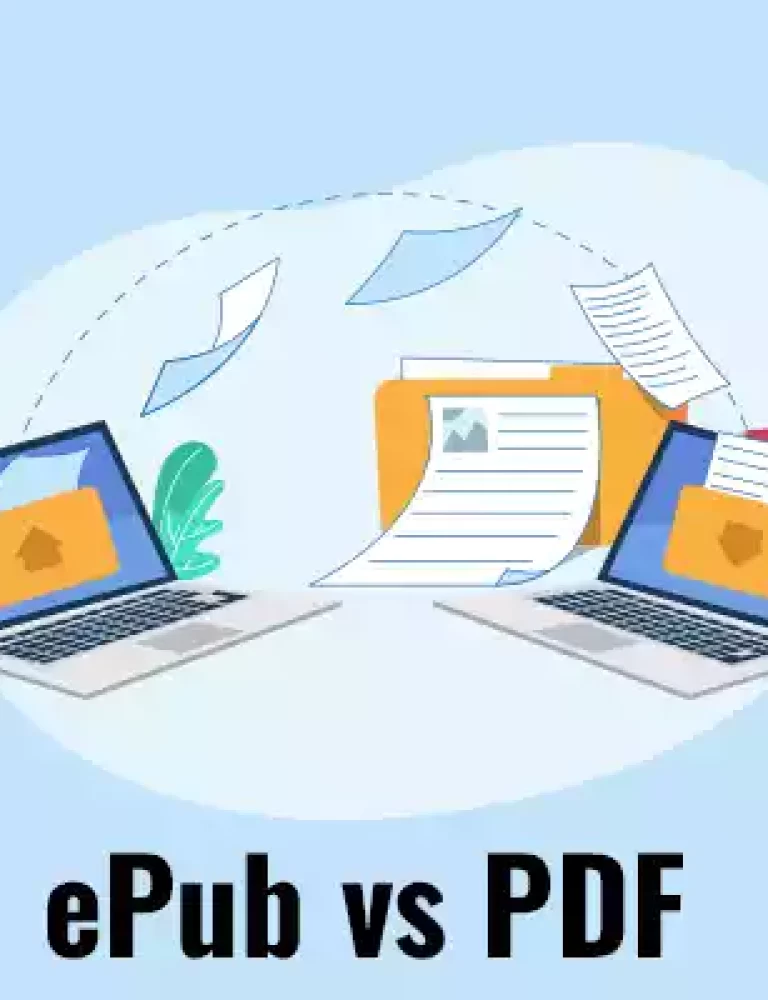eBooks are rising in popularity today because of mobile devices. After all, not only do these devices make reading more convenient, they also make extended functionalities such as text size adjustments, brightness adjustments, text to speech, and so on, simpler to use.
People are constantly busy and on the go, and physical books just aren’t as easily portable as compared to eBooks. In fact, according to Statista, the eBook market is predicted to reach an incredible value of $13.62 billion in 2022. That alone exemplifies the popularity of this product.
If you’re considering venturing into this ever-expanding eBook store segment, here are 8 easy steps that could help you get started. From research to the economies of scale, we’ve covered all you might need to create your very own eBook shop.
Step 1 - Conduct Market Research
eBooks are rising in popularity today because of mobile devices. After all, not only do these devices make reading more convenient, they also make extended functionalities such as text size adjustments, brightness adjustments, text to speech, and so on, simpler to use.
The first step to launching any business is to understand the demand, supply, and market need of the product you wish to sell, in this case, eBooks. Thorough market research helps you get insights into this, by focussing on the following aspects:
- The nature of your target audience including demographics and individual preferences.
- The nature of the eBooks your target audience is reading including the purpose they are reading for and the genre & authors they prefer.
- Whether you wish to create your own eBooks or find suppliers. In the case of the latter you would need to check if any suppliers cater to your target audience specifically.
- The legalities and usage rights of the eBooks you intend to keep in your store.
With these answers clear in your mind, you can now move to the next step.
Step 2 - Decide Where to Sell Your eBooks
Equipped with the data from your market research, you can decide where to sell your eBooks most effectively. Below we’ll take you through the two most common platforms for eBooks.
1. A Website
To create a website for your eBook shop, you would need to register with a domain name registrar (like GoDaddy or BigRock) and purchase hosting rights for your site. These rights need to be renewed periodically. Additionally, it would be wise to hire a website developer.
2. A Digital Publishing Platform
These platforms not only help you sell your eBooks, they also specialize in distributing content across varied platforms and devices. Take for example, the KITABOO eCommerce engine that also happens to be completely white labeled.
How to Guide:
How to Build an eBook Store?
Step 3 - Examine All Legal Aspects and Taxes
Once you’ve decided where to sell your eBooks, work out the legal aspects involved.
To begin with, you would need to register your business as a legal entity. This will also help separate your personal finances from that of your business, leading to a financial safety net. You can choose to register your business as a LLC, sole proprietorship or any other model.
Additionally, take into account the taxes that apply to both your host country and the regions where you wish to sell your eBooks.
Furthermore, you need to ensure that your website or eBook platform is compliant with consumer privacy regulations relevant to your region.
Step 4 - Plan Your Finances
Once you know where to sell your eBooks and what costs you might incur, planning your finances becomes easier. In order to make your eBook store a profitable business, consider various aspects of your store including:
- The cost of acquiring or creating eBooks
- The selling price of the eBooks, and your anticipated profit margins
- Licensing fee (if any)
- Web hosting/ platform charges
- Taxes and so on
Assessing these will help you achieve economies of scale as your bookstore grows.
Step 5- Add eCommerce Capabilities
If you’ve opted to create a website for your eBook business, you will need to add eCommerce capabilities to the site. With the help of professional website developers, you can:
- Approach payment gateway vendors to add a variety of payment methods to your website
- Add a suitable shopping cart
- Add an eCommerce interface for easy browsing
- Add high-definition pictures of your products
If on the other hand, you’ve chosen to go with a digital publishing platform, they might already have eCommerce capabilities in place, that you need to oversee.
Step 6 - Add the Final Touches to Your eBook Store
Once your store is set up, you need to make it easier for your customers to discover your products and buy them.
You can begin by adding the eBooks based on categories. Categorization helps shoppers quickly find what they are looking for using keywords. It also helps you keep track of your eBooks and keeps your inventories updated.
You could also add a description for each eBook, along with a bit about the author. Ensure the content you are creating is SEO friendly.
Step 7 - Setup Support
No matter the kind of business you run, it is essential to establish a support system for your customers to ensure a continued positive relationship and recurring sales.
Dedicate a team or a phone line exclusively for support purposes so your customers can reach you in case they have queries. Additionally, you can set up a separate phone number for troubleshooting, payment, and technical issues that your customers may encounter with your store.
Customer satisfaction and service are the two pillars of establishing retention and loyalty amongst your patrons. Always ensure that your eBook store can be reached when customers need it.
Step 8 - Market Your Store
With all the technicalities in place, you now need to do what you do best i.e.- sell your eBooks. Having a sound marketing strategy in place is great. However, if that is not the case, you could also begin by promoting your eBook store via social media, email newsletters and so on.
Here are a few tasks to add to your checklist:
- Ensure your store is constantly optimized to suit online search engines
- Have a contact form on your site/platform
- Plan a long-term marketing strategy. If you are unsure of how to go about this, hire professional help.
- Update the store link on your social media channels
- Email and message all your contacts about the store
- Set up a mailing list
Wrapping Up
And with that your eBook store is ready to get started! A word of caution though, as with any business, consistency is key. It would help to partner with an established digital publishing platform such as KITABOO.
KITABOO not only caters to you eBook conversion needs, we also encrypt your content with DRM protection, and distribute it securely across platforms and devices.
To know more, write to us at KITABOO@hurix.com
Discover How An Ebook Conversion, Publishing & Distribution Platform Can Help You
Kitaboo is a cloud-based content platform to create-publish & securely distribute interactive mobile-ready ebooks.
You May Also Like








